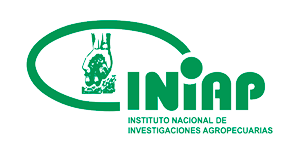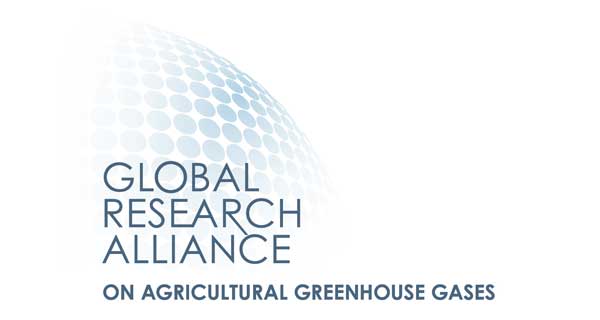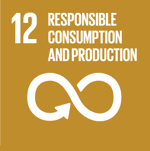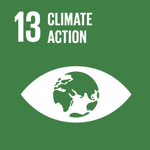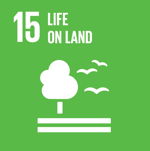Reducing greenhouse gas emissions in potato-pasture production systems in Ecuador and Peru
The potato-pasture production systems in the Andean region of Ecuador and Peru are essential for household sustainability in both countries, generating economic, social, and nutritional benefits.
Context of the story
Potato-pasture production systems are key agricultural production systems in the Andean region of Ecuador and Peru. In potato cultivation, planted areas have decreased by more than half, while yields have increased, possibly due to the increased application of agrochemicals, which may lead to soil infertility issues. For pastures, the expansion of planted areas has been driven by the high unmet demand for milk and dairy products. These systems rely on specific management practices: in potato cultivation, excessive soil tillage and indiscriminate use of nitrogen fertilizers are common, while in pasture systems, the main challenge is inefficient management.
This study analyzes strategies to mitigate greenhouse gas emissions in potato-pasture production systems in Ecuador and Peru.
The implemented initiative
Approximately two-thirds of agricultural emissions come from nitrous oxide, a gas with a high global warming potential. The main sources of greenhouse gas (GHG) emissions in agriculture stem from the transformation of inorganic fertilizers and organic matter in the soil, generating nitrous oxide, carbon dioxide, and methane through biological and physicochemical processes. The project aims to reduce GHG emissions by implementing conservation agriculture (CA) practices in potato-pasture production systems in Ecuador and Peru. GHG quantification will provide real data on emissions, improve soil health, and enhance productivity.
Sustainable strategies to mitigate the environmental impact of agricultural production.
The technological solution
The implementation of conservation agriculture practices, such as minimum or reduced tillage, soil cover with residues, and crop rotation, is expected to have positive impacts on farmers who adopt them. These technological innovations in conservation agriculture enhance the sustainability of cropping systems and provide additional benefits beyond the farm, such as reduced soil erosion and improved soil quality. Additionally, the precise measurement of GHG emissions will allow for the evaluation of these practices' impact and the refinement of strategies to mitigate climate change. The combination of these technologies will help provide guidelines for achieving a more sustainable and resilient agriculture, adapted to specific regional conditions in both countries.
"Agricultural activity generates a considerable amount of greenhouse gas emissions, which significantly contribute to global warming and climate change."
Type of project
Results
The study aims to identify livelihood strategies in potato-pasture production systems, through the classification of producers based on their productive approach and the analysis of climatic conditions. Additionally, conservation agriculture will be promoted to increase yields, soil fertility, and economic benefits, while reducing GHG emissions. Databases and technical documentation will be developed to compare GHG fluxes with IPCC estimates and support decision-making. Finally, farmers' capacities will be strengthened to adopt sustainable agricultural practices with lower environmental impact.

 Back to the project
Back to the project Ecuador
Ecuador Peru
Peru